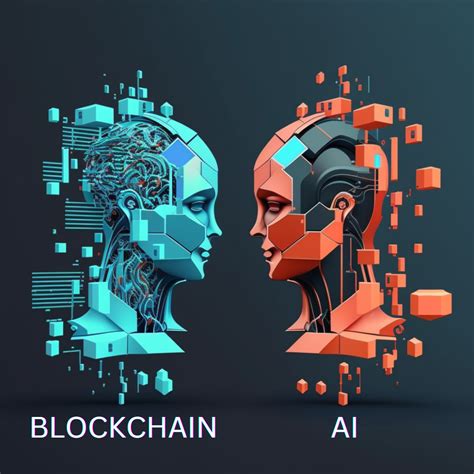AI and Blockchain: A New Era of Regulatory Compliance
The rapid advancement of Artificial Intelligence (AI) and the increasing adoption of Blockchain technology are transforming industries worldwide. However, these technological innovations also pose significant regulatory challenges for governments, businesses, and individuals alike.
In this article, we will explore the implications of AI and Blockchain on regulatory compliance and provide insights into how these technologies can be leveraged to create a more effective and efficient regulatory framework.
The Rise of AI
Artificial Intelligence refers to the development of computer systems that can perform tasks that would typically require human intelligence. From automating routine administrative tasks to developing predictive models, AI has the potential to revolutionize various industries. The increasing reliance on AI in business operations raises critical questions about data privacy, security, and compliance.
The Challenges of AI Regulatory Compliance
One of the primary challenges facing regulatory compliance is ensuring that AI systems are designed and implemented in a way that respects individual rights and protects sensitive personal data. AI-driven decision-making processes can be opaque, making it difficult for regulators to understand how decisions are made or to identify potential biases.
Furthermore, AI-powered systems may generate vast amounts of data that must be analyzed and interpreted to ensure regulatory compliance. This requires significant expertise in data science and analytics, which can be a barrier to entry for many organizations.
The Role of Blockchain in Regulatory Compliance
Blockchain technology has the potential to revolutionize regulatory compliance by providing a secure, transparent, and tamper-proof record-keeping system for all transactions. By leveraging blockchain’s decentralized architecture, businesses can:
- Ensure data integrity: Blockchain’s immutable ledger ensures that all transactions are recorded accurately and cannot be altered or deleted.
- Protect sensitive information: The cryptographic algorithms used in blockchain ensure that even if unauthorized parties gain access to the data, it will remain secure.
- Enhance transparency: Blockchain allows for real-time monitoring of transactions, enabling businesses and regulatory bodies to track compliance more effectively.
How AI and Blockchain Can Be Used Together
The integration of AI and Blockchain can create a powerful synergy, enabling organizations to:
- Automate compliance processes: AI-powered tools can analyze data from various sources, identify potential regulatory violations, and provide recommendations for correction.
- Improve decision-making: By leveraging predictive analytics based on blockchain data, businesses can make more informed decisions about how to comply with regulations.
- Enhance transparency: Blockchain’s transparent record-keeping allows organizations to demonstrate compliance with regulatory requirements, making it easier for regulators to verify compliance.
Real-World Examples of AI and Blockchain in Regulatory Compliance
Several industries are already leveraging AI and Blockchain to improve regulatory compliance:
- Financial Services: Banks and financial institutions are using AI-powered tools to analyze data from various sources, identify potential regulatory violations, and provide recommendations for correction.
- Healthcare

: The use of Blockchain in healthcare enables the secure sharing of medical records, reducing the risk of data breaches and ensuring compliance with regulations such as HIPAA.
- Supply Chain Management: Companies using AI-powered tools can analyze data from various sources, identify potential supply chain disruptions, and provide recommendations for mitigation.
